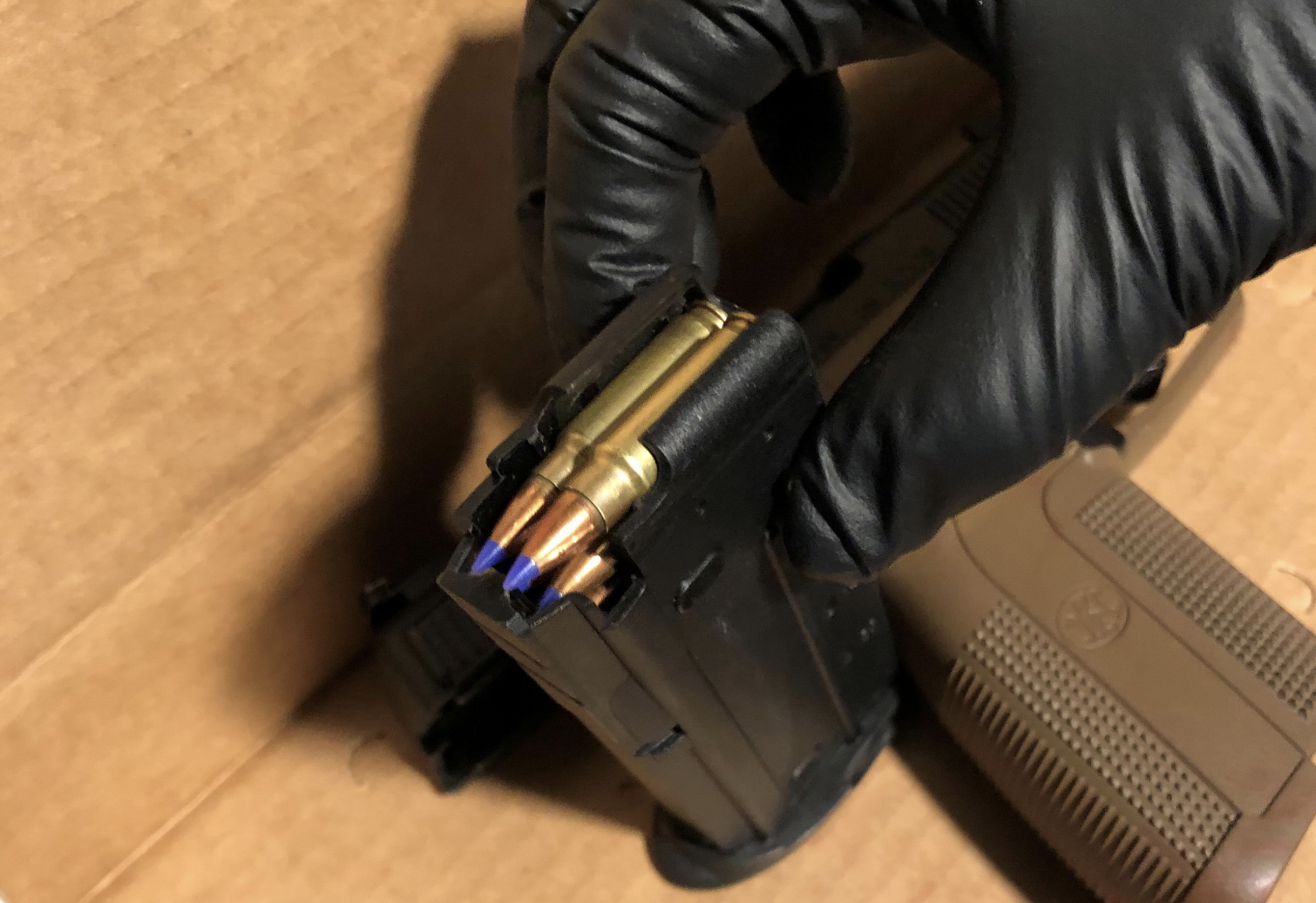
Christopher Ingraham/Minnesota Reformer
Certain mass shootings make national headlines, like the horrific recent incident in Lewiston, Maine, in which a man killed at least 18 people with an AR-15 and injured 13 more.
Others gain only regional notoriety, like the October 12 incident in which a Princeton, Minnesota, man shot and wounded five police officers serving a warrant at his home.
But there’s a third category that typically only receives local notice, if any at all. Did you hear about the mass shooting in Minneapolis on October 15? Or the four people shot in rural Martin County on July 3? Or the shooting that left two people dead and three others wounded in St. Paul in March?
That these mass-casualty events — which would garner days of national mourning and media attention in any other advanced democracy — fly under the radar is a testament to how much American culture is steeped in gun violence. And these low-profile, high-casualty events are becoming more frequent, in Minnesota and across the U.S.
Prior to the pandemic Minnesota averaged between one and five mass shootings each year according to the Gun Violence Archive, a non-profit that tracks shootings in the U.S. They define a mass shooting as an event in which at least four people, not including the shooter, are injured by gunfire.
But in 2021 the number of Minnesota mass shootings doubled and has remained at that elevated level ever since, reflecting in part the general increase in crime and violence during the pandemic.
Nationwide the highest rates of mass shooting are seen in the deep South, as well as Illinois. These shootings are also more common in the eastern half of the country, likely reflecting the simple math of population density: it’s easier to shoot a lot of people when there are a lot of people around you.
Minnesota is squarely in the middle of the pack in terms of its mass shooting rate since 2020. Of the 40 mass shootings in the state since then, 35 have occurred in either Minneapolis or St. Paul. Victims tend to be young and Black.
The race of those victims is likely one reason why these shootings rarely make national news. The white, upper and middle-class communities that tend to both produce and consume national media tend to pay more attention to these events when the victims (or the shooters) resemble them.
Some national news organizations even redefine the term “mass shooting” in a way that excludes the violence typically suffered by Black communities. The New York Times, for instance, defines mass shootings as “incidents where four or more people were killed in a public place and not connected to another crime.” By that strict definition there have only been 8 mass shootings in 2023. By the Gun Violence Archive’s broader reckoning, there have been 566.
There are some good reasons for defining “mass shooting” more narrowly. Men who go to public places in the hope of murdering large numbers of strangers are driven by different motivations than men who kill their family members at home in a night of drunken rage, or who shoot blindly at groups of people who belong to a different gang.
But to the people killed or wounded by that gunfire, or to the families left shattered and mourning in the wake of it, the pain is the same regardless of who pulled the trigger or why.
While shootings like the one in Lewiston are difficult to predict, those like the mass shootings that plague Minneapolis happen with astonishing regularity. It’s worth considering what would change if the press covered the latter shootings like the former.


